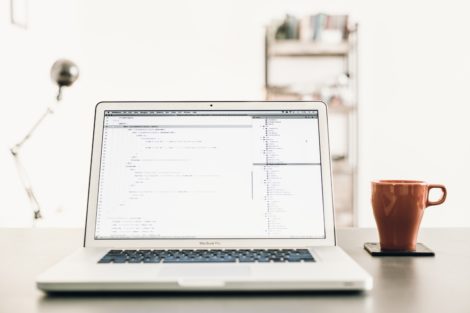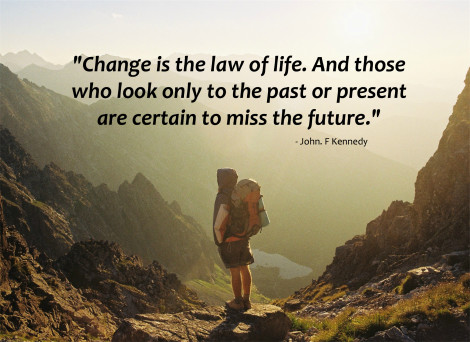![]()
However, several recent international court decisions indicate that linking to certain content online may actually infringe copyright laws.
So how are you potentially exposing your startup to legal risk online?
Balancing access to creative works vs intellectual property rights of creators
Ongoing public policy debate attempts to balance the need to provide community access to creative material and artistic works while also protecting the intellectual property rights of content creators.
![]()
One of the primary objectives of copyright law is to incentivise the creation and dissemination of knowledge and creative works by providing a creator with exclusive rights in their work. Due to hyper-interconnectivity and the widespread dissemination of content online, the internet presents a big challenge to content creators when it comes to protecting their creative works and intellectual property rights online.
A recent decision of the Court of Justice of the European Union, however, has the potential to change underlying assumptions about the way information is shared by websites through hyperlinks.
The missing, and possibly infringing, link
In GS Media BV v Sanoma Media, the Court of Justice of the European Union considered whether a publication that linked to private images of a female model through File Factory and ImageShack constituted a copyright infringement.
While visitors to GS Media’s website could access the images by clicking on a hyperlink in its article, the photos were also freely and publicly available online. Internet users were able to download the photos by visiting ImageShack directly.

Sanoma operated an ‘adult entertainment’ business that owned the rights to the images. Sanoma had requested that GS Media stop linking its users to the images, however, GS Media repeatedly ignored these requests. The court ruled that GS Media was in breach of Sanoma’s copyright since
GS Media had profited from inserting the hyperlink to the images on its own website. The issue was that GS Media had made these pictures publicly available through a communication to the public and had profited from that link, while Sanoma had not authorised publication of the images.
The court found that GS Media had knowingly provided a gateway for internet users to acquire files that they could otherwise access free of charge with no barriers.
Elsewhere, in the factually similar United States case of Intellectual Reserve v Utah Lighthouse Ministry, linking and contributory infringement of copyright were at issue. In that case, one party had linked internet users to material that the other party did not wish to be viewed. The court found that there had been a copyright infringement.
Linking this to an Australian context
In 2006, the Federal Court ruled on the interaction between hyperlinks and copyright in the case ‘MP3s4FREE.’ The website’s content almost exclusively provided visitors with links to external websites that stored music files.

Users were able to scroll through the MP3s4FREE website, select and download music for free in spite of protests from record companies and copyright holders. Mr Cooper, the owner of MP3s4FREE, was found to have infringed the Copyright Act 1968 (Cth), as he had considerable power to prevent the download and copy of copyrighted sound recordings as well as the communication of this copyrighted material to the public. While the Federal Court reached a similar conclusion to international decisions, judicial reasoning, in this case, focused largely on Mr Cooper’s ability to prevent the copyright infringement.
You are the weakest link, goodbye
While this area of copyright law has not been thoroughly tested in court in Australia, there are other aspects to hyperlinking that may infringe Australian copyright.

Hyperlinks that contain logos or symbols of the linked website that are sufficiently substantial parts of a copyrighted document may, for example, infringe copyright legislation.
The most obvious example is linking to copyrighted music or a video where the hyperlink contains a ‘preview’ of the audio or video file. Similarly, there may be ramifications for infringing trademark law with this practice.
O, link twice
The above cases are just a few recent examples of the courts wading further into the murky waters of the internet.
If you own a website, whether privately or for your startup, hyperlinking to illegal and copyright-infringing content is a risky practice. Courts around the world are ready to attribute liability to linking websites, even if you are not actually hosting the copyright-infringing content. Merely acting as an online gateway that refers your site visitors to copyright protected material can be sufficient so be cautious when it comes to inserting external links to your pages.
The main point to take away from the cases is that even though judicial reasoning across various jurisdictions has certainly varied, courts are attributing a significant amount of responsibility to websites that provide a gateway to copyright-infringing content.
So, before you create links to all and sundry on your website, think twice and ensure that you connect your customers or visitors to authorised content in an authorised way, or you may be found to have a rather heavy linking problem.
What do you think about copyright infringement and hyperlinking? Let us know in the comments!
 Agree? Get informed about legal change that impacts you with our newsletter. You'll automatically receive fresh content each time we publish.
Agree? Get informed about legal change that impacts you with our newsletter. You'll automatically receive fresh content each time we publish.